 Tony Jebara
- - Wearable Computing
Tony Jebara
- - Wearable Computing
 Tony Jebara
- - Wearable Computing
Tony Jebara
- - Wearable Computing
|
|
 home
home research
research papers
papers courses
courses resumé
resumé code
code recent
recent  hobbies
hobbies trips
trips links
links |
|||||||||
|
|
|||||||||
|
Wearable Computing NOTE: Older work. These projects are no longer active. Wearable computers are a particularly convenient platform for learning collecting perceptual data and modeling complex human behavior for interesting applications. Wearable devices have been augmenting human activity for many years. Glasses, watches, cell phones and other such inventions are like personal assistants, constantly there to help in an almost seamless manner. It's only a matter of time before computers that previously lived on our desks make their way into the our everyday wearable paraphernalia and things like the internet are always a flick of the finger away. A wearable computer in fact goes beyond the role of the desktop PC. It gives a unique and more intimate interaction with its user, complementing and augmenting his everyday activities. Since it is always there, a wearable can collect significant data about its user: it goes where he goes and sees what he sees in a seamless integration. Thus, the machine learns patterns in his behaviour, adapts to him and becomes more personalized. Some example projects are described below (Stochasticks and DyPERS) and are inspired by these possibilities and represent steps towards perceptually intelligent wearable interfaces. Augmenting the Billiards Experience with Probabilistic Vision and Wearable Computers PDFStochasticks is a wearable augmented reality system designed to assist a billiards player interactively in a real-life game of pool with overlays of shot strategies. Follow the link for details. Photos Courtesy of Sam Ogden (top row) and Baback Moghaddam (bottom row). 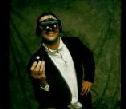
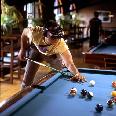
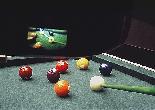 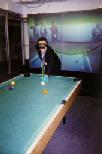
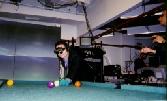
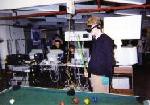
Dynamic Personal Enhanced Reality System PDFDyPERS functions like a smart handy cam which lets you record audio/visual movie clips and then knows when to play them back on your HMD (head-mounted-display). The system has a vision algorithm which scans the user's field of view until it finds a trigger object whose image then triggers the playback of the appropriate movie clip. For example, I can record a conversation with somebody in real-time and then associate it with the image of their business card. Whenever I look at the card, the system detects it and plays back the conversation movie. 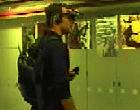
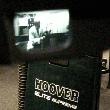
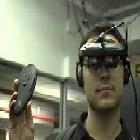
Wearable Face RecognitionA face recognition system I implemented as part of my face tracking system was showcased in wearable form using wireless transmission to an SGI O2. ABC covered it in their show Nightline - "Revolution in a Box", November 17th, 1997. An MPEG is available showing the clip. A more detailed description of the face recognition can be found at the following link to my undergraduate thesis at McGill University in 1996. 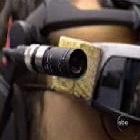
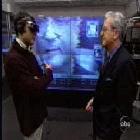
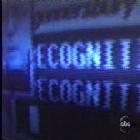
|
|||||||||
|
|